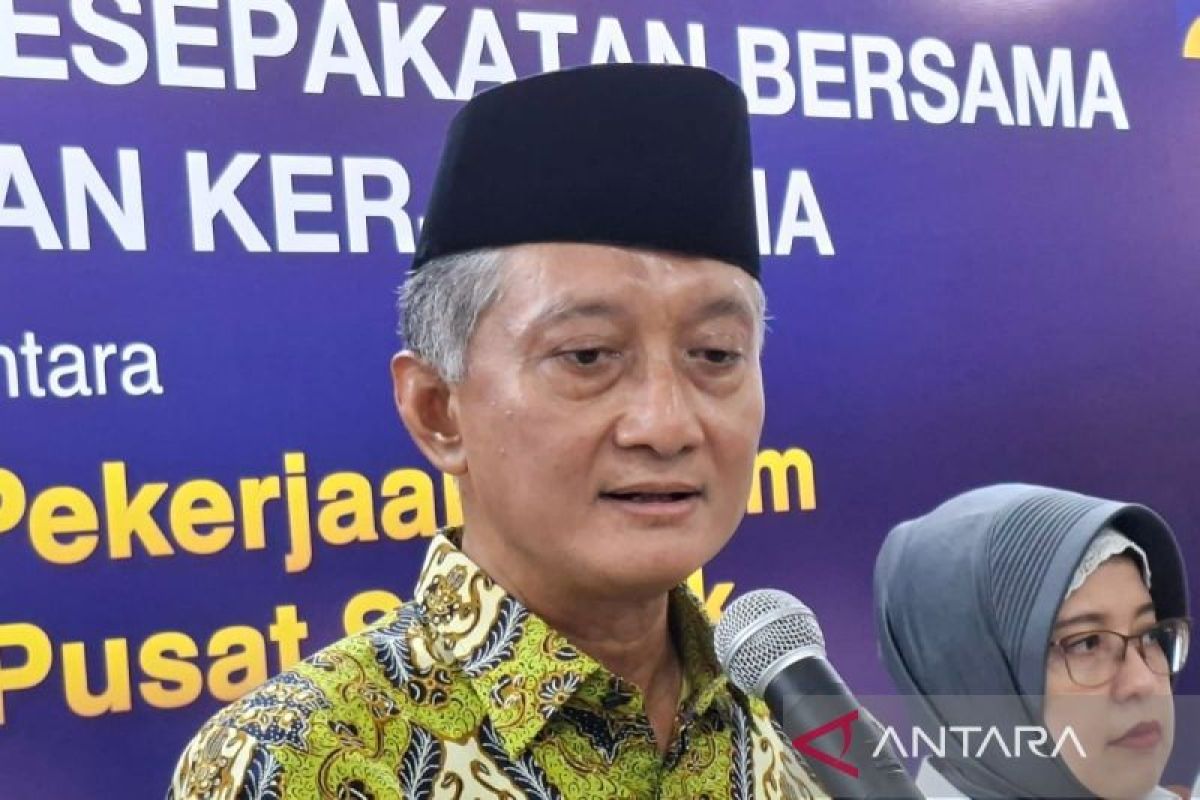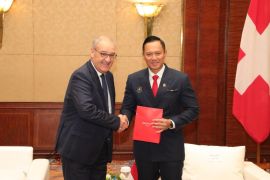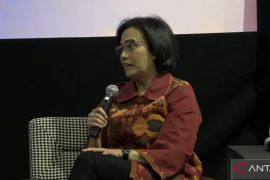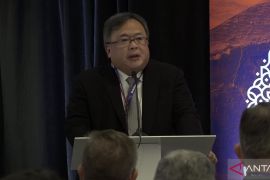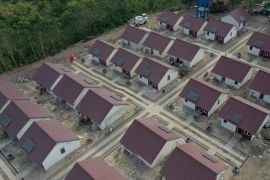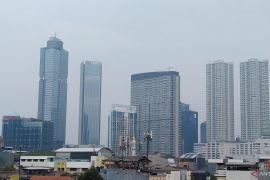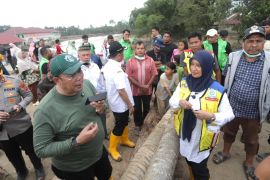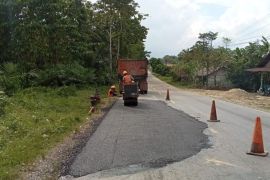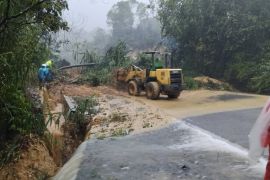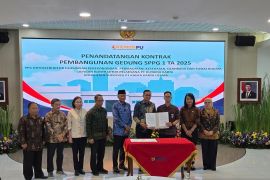"Every piece of infrastructure we build is not merely about today's progress, but about the legacy we leave for our future generations," he said in a statement here on Tuesday.
Hanggodo underscored that every bridge, dam, and public facility built by the Ministry of Public Works is an investment and legacy for Indonesia's future generations.
Given the infrastructure's role in maintaining a balance between economic growth, environmental preservation, and social justice, it is deemed essential to ensure its governance continuously places sustainability as a necessity, not a choice.
In this regard, the Ministry of Public Works directs all development policies to refer to global commitments like Sustainable Development Goals (SDGs), the Paris Agreement, and the Sendai Framework for Disaster Risk Reduction.
These principles are then translated into concrete national technical standards and monitoring systems in every implementation of infrastructure development.
Deputy Minister of Public Works Diana Kusumastuti earlier said that the operations and maintenance of green buildings are easier compared to conventional buildings.
She affirmed her ministry has issued a regulation regarding green buildings, and the presence of such buildings in Indonesia is aligned with the Paris Agreement and SDGs.
The deputy minister expressed hope that green building development can be realized in regions across the country, with Jakarta being the example.
International Finance Corporation (IFC) recorded that Jakarta is the province with the highest growth of the green building market in Indonesia, with a total of 171 buildings certified, followed by West Java, Banten, East Java, and Central Java.
A green building is a concept of design, construction, and operation aimed at reducing negative environmental impacts and improving resource efficiency.
This approach considers the entire life cycle of a building - from planning and construction to operation and demolition - to create an environment that is energy-efficient, healthy, comfortable, and sustainable for its occupants.
Related news: Ministry promotes green building concept on World Habitat Day
Related news: Govt adopts green and smart building concept for ASN flats in IKN
Translator: Aji Cakti, Raka Adji
Editor: Primayanti
Copyright © ANTARA 2025
